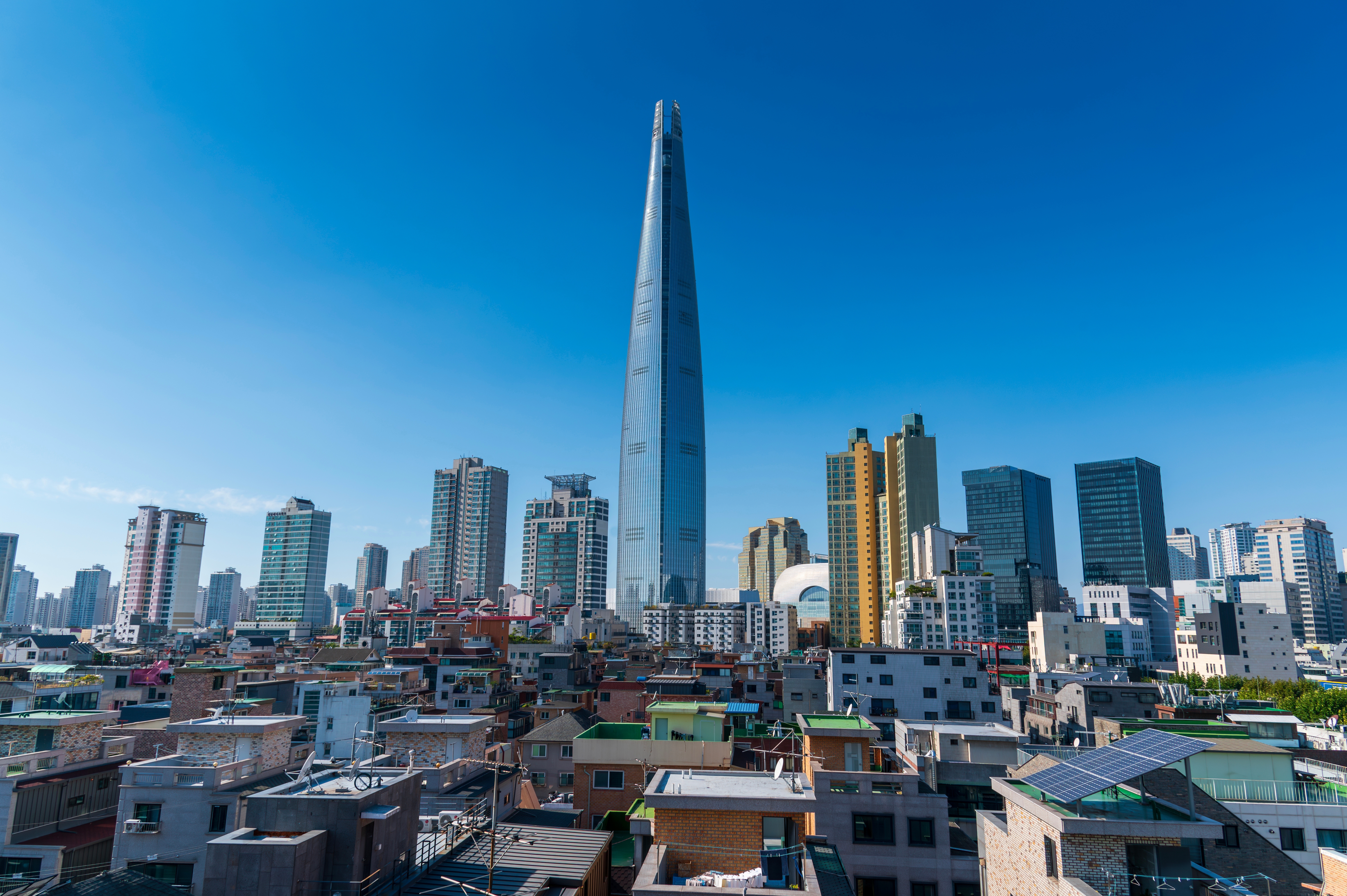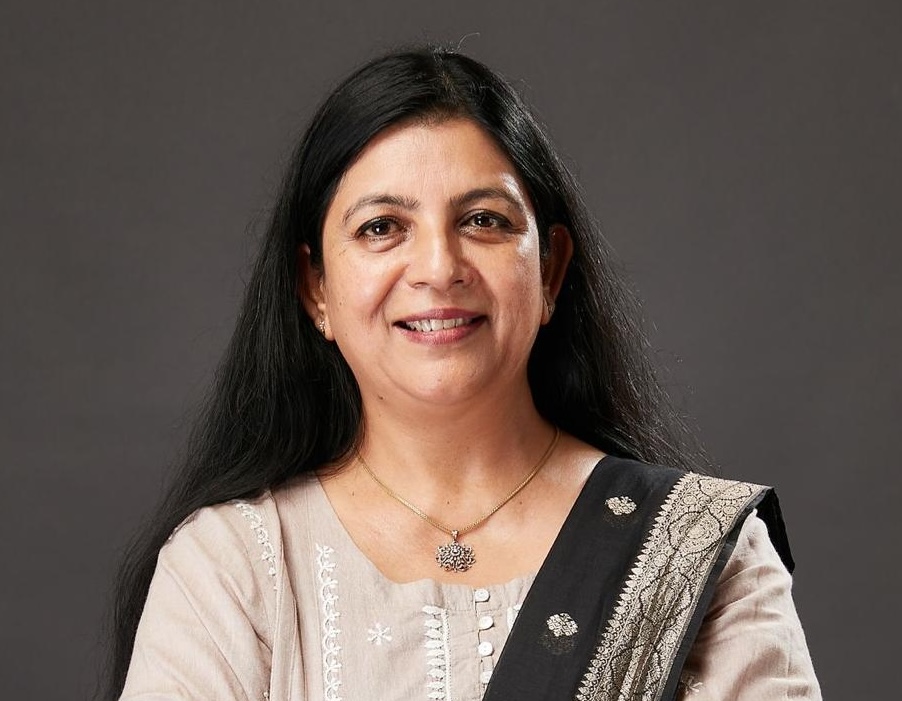From NGO advocacy to corporate decarbonisation, Kirsten Hund’s career has spanned continents, sectors and systems. Now, in her first year at global mining company Vale Base Metals, she’s shaping the company’s roadmap for climate and nature.
For Kirsten Hund, Director of Climate and Nature at Vale Base Metals, the path to corporate leadership began not in business, but in international humanitarian studies. Her early work focused on the role of natural resources in conflict, beginning with a campaign against conflict diamonds. But a desire to “get stuff done on behalf of communities” soon saw her shift into building capacity for local NGOs in Africa.
It’s a trajectory that’s brought her through WWF, the World Bank and De Beers – and ultimately to Vale Base Metals, where she’s shaping the company’s climate and nature strategy across a global footprint.
A systems lens on sustainability
Kirsten’s early career roles combined policy advocacy and field work, giving her a deep understanding of the intersection between resource extraction and sustainable development.
“I realised that I didn’t just want to speak on behalf of people on the other side of the world,” she explains. “It was much more about giving them a voice and getting things done on their behalf.”
This practical orientation informed her later roles, including eight years with the World Bank’s energy and extractives team in Washington D.C., where she worked to build government capacity in managing natural resources and helped initiate early thinking on the relationship between mining and climate.
“We realised that the energy transition is going to require a lot of minerals to get going. So how do we produce more minerals, but do it in the most sustainable way possible?”
Why Vale Base Metals and why now?
After time at De Beers as Head of Carbon Neutrality, Kirsten joined Vale Base Metals in 2024. Her interest was twofold: the chance to work on minerals essential to the energy transition, and the opportunity to take a broader, more strategic role that went beyond decarbonisation alone.
“My challenge in diamonds was always that you could make the process as sustainable as possible, but the product itself wasn’t essential,” she says. “Working with minerals that are critical to the energy transition: that matters.”
Kirsten was approached for the role by Andrews Partnership and already knew Vale Base Metals’ Director of Sustainability from her existing network. Both connections helped her gain valuable insight into the team’s culture and priorities before joining. Leveraging your network is something she strongly encourages: “It just helps a lot to know people and to ask around. Your network knows what you’re capable of – and that gives you a leg up.”
Starting strong, remotely
Kirsten joined Vale Base Metals from her base in the Netherlands, and while the onboarding process was largely remote, it was intentionally structured.
“There was a whole series of introductory calls set up by the team across three weeks. And I travelled to London and Canada early on to meet key people in person,” she says. “Once you’ve met in real life, the remote work becomes much easier.”
She also took a personal step to support integration: learning Portuguese. “It’s ten minutes a day on Duolingo, but it goes a long way. Just being able to say hello and have a basic conversation really helps build bridges.”
New role, new structure
Kirsten’s role was newly created, with a broad remit that includes climate resilience, nature and decarbonisation; a move that reflects the company’s growing recognition of interconnected environmental issues.
Vale Base Metals’ decarbonisation team had already made progress mapping decarbonisation opportunities and she saw her first challenge as building a shared strategic direction. “We started by taking stock of what was already there and then began shaping a priority roadmap.”
The task was complicated by an internal reorganisation shortly after she joined, which saw her team shrink by one and many stakeholders shift roles. Despite focusing some time on change management, Kirsten and her team have dedicated recent months to developing dual, closely linked strategies: one for decarbonisation and one for nature. Both are designed to make a strong business case for sustainability. “The priority is on adding value to people and planet,” she says.
Connecting the technical to the commercial
One of Kirsten’s major priorities has been translating technical opportunity into business impact and helping internal stakeholders see the commercial logic of sustainability.
“The engineers are there, and they’re willing to find solutions. But you need to make sure people are interested in those solutions. Getting that story across is a big part of my role,” she explains. “Decarbonisation can also mean efficiency and saving costs. If you use less diesel, that’s good for the climate and good for the company.”
Her aim? A five-year strategy for both decarbonisation and nature, backed by budget, governance mechanisms and internal alignment. “If by the end of the year we have strategies in place for both, with buy-in and execution plans, I’ll be happy.”
Advice for other leaders: Be a bridge builder
Kirsten’s advice to others stepping into similar roles is simple but powerful: connect, translate and keep the end goal in sight.
“You need to be able to speak to stakeholders from engineers, to finance, to legal and connect those dots,” she says. “Sometimes I feel I should know everything about the technical side, but it’s not my job to optimise pyrometallurgical processes. It’s my job to create the framework so others can succeed.”
Empathy, strategic focus and persistence are essential, she adds: “It’s easy to get lost in technical detail. But the goal is net zero by 2050. If what we’re doing doesn’t help us get there, it has to go to the bottom of the list.”
And sometimes, she says, it’s about simply staying visible: “In sustainability, the goals are long-term. There will always be short-term distractions. So keep flagging what you’re doing and why it matters. You need resilience – and a thick skin.”






